
Outfit vs costume: Understanding the difference
If you've ever wondered about the difference between an outfit and a costume, you're not alone. While these terms are often used interchangeably in everyday conversation, there are some key distinctions to be aware of. In this blog post, we'll explore the definitions of both terms and discuss when it's appropriate to use one over the other.
What is an outfit?
An outfit is a coordinated set of clothing items that are worn together to create a complete look. It typically consists of garments such as tops, bottoms, dresses, and accessories like shoes, belts, and jewelry. Outfits are typically chosen for their aesthetic appeal and are meant to be worn in everyday life or specific occasions where one wants to present themselves in a particular way.
When putting together an outfit, individuals often consider factors such as the event they will be attending, their personal style preferences, and current fashion trends. The goal is to create a cohesive look that reflects their individuality while still adhering to social norms and expectations.
For example, if someone is going to a casual brunch with friends on a sunny day, they might choose an outfit consisting of a flowy sundress paired with sandals and minimal jewelry. On the other hand, if they have a business meeting later in the day, they might opt for a more professional outfit composed of tailored pants or skirt with a blouse and closed-toe shoes.
What is a costume?
A costume refers to clothing or accessories that are worn specifically for dressing up as someone or something else. Costumes are commonly associated with events like Halloween, costume parties, theatrical productions, and cosplay. They are meant to transform the wearer into a character or convey a specific theme.
Costumes can range from simple outfits like a superhero cape and mask to elaborate ensembles with intricate details. They often involve elements such as wigs, makeup, props, and special effects to enhance the overall look and bring the character or concept to life.
The main goal of wearing a costume is to take on a different persona temporarily. It allows individuals to step outside of their everyday identities and embrace their imagination and creativity. Costumes are commonly worn for entertainment purposes and are not typically meant for regular day-to-day wear.
For example, someone might choose to dress up as their favorite movie character for a film-themed party. They would put together a costume that closely resembles the character's attire, paying attention to details like colors, accessories, and distinctive features that make the character recognizable.
The key differences
While both outfits and costumes involve clothing items worn together, there are several key differences between the two:
- Purpose: Outfits are primarily chosen based on personal style preferences and the occasion at hand. Costumes, on the other hand, have specific themes or characters in mind.
- Usage: Outfits are suitable for everyday wear or special occasions where one wants to present themselves in a certain way. Costumes are typically reserved for events like Halloween parties or theatrical performances.
- Creativity: Outfits allow individuals to express their personal style through coordinating garments and accessories. Costumes provide an opportunity for individuals to channel their creativity by embodying someone else or exploring fantastical concepts.
- Materials: Outfits are often made of regular clothing materials like cotton, silk, or denim. Costumes may incorporate unconventional materials like foam, latex, or synthetic fabrics to achieve desired effects.
- Duration: Outfits can be worn for an extended period of time, such as throughout the day or evening. Costumes are typically worn for shorter durations at specific events and are not intended for everyday wear.
When to use outfit and when to use costume?
The choice between using outfit or costume depends on the context in which you're referring to clothing items being worn together. Here are some guidelines to help you determine which term is more appropriate:
- Everyday wear: If you're talking about clothing combinations for regular daily activities or special occasions where there's no specific theme involved, outfit is the correct term to use. For example, "I love her outfit today."
- Halloween or themed parties: When discussing dressing up as a specific character or embracing a particular theme, costume is the more suitable term. For instance, "He wore an impressive pirate costume to the party."
- Theatrical performances: If you're referring to the attire worn by actors on stage or in movies that represent characters in a play or film, costume is the appropriate word. For example, "The elaborate costumes in that Broadway musical were stunning."
- Cosplay events: Cosplay refers to individuals dressing up as characters from books, movies, video games, etc., and attending conventions or gatherings related to those interests. In this case, costume is typically used since the focus is on replicating specific characters with attention to detail.
In conclusion
While the terms outfit and costume are often used interchangeably, they have distinct meanings and contexts in which they are appropriate. Outfits are everyday clothing combinations worn for personal style and specific occasions, while costumes are attire worn to transform into characters or embrace specific themes.
Understanding these differences can help you use the right term in various situations, whether you're talking about your favorite outfit of the day or planning a Halloween costume party. So next time you're discussing clothing ensembles, remember to choose your words carefully and accurately convey your intentions!
Featured collection
Sexy Post Office Girl | Costume-Shop.com
Attention all aspiring letter carriers and mail enthusiasts! Prepare to deliver a package of seductive style and naughty charm with our Sexy Post O...
View full detailsNorthern Warrior Costume | Costume-Shop.com
Upgrade your costume game to legendary status with the Northern Warrior Costume! Designed for rugged adventurers and fearless warriors of the North...
View full detailsBeer Garden Babe Oktoberfest | Costume-shop.com
🇩🇪 Step into the Festivities with Bavarian Charm! Embrace the spirit of Oktoberfest in the Beer Garden Babe Costume from www.Costume-shop.com. Perf...
View full detailsSexy Police Officer Hottie | Costume-Shop.com
🚓 Enforce Fun with a Dash of Flair! Step into the role of authority with the Sexy Police Officer Hottie Costume from www.Costume-shop.com. Designed...
View full detailsSexy Girl Scout | Costume-Shop.com
Get ready to sell some irresistibly delicious cookies and turn heads with our Sexy Girl Scout Costume! This playful and alluring ensemble is perfec...
View full details
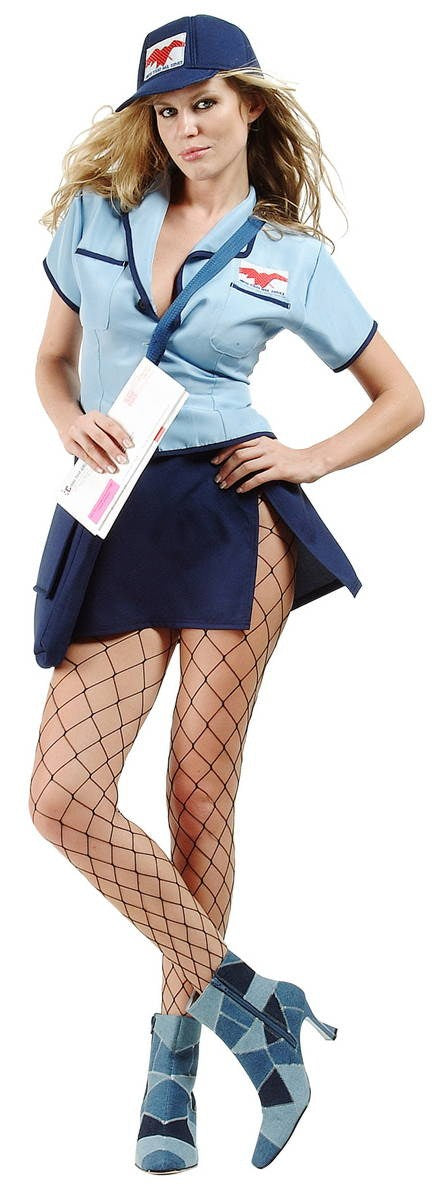
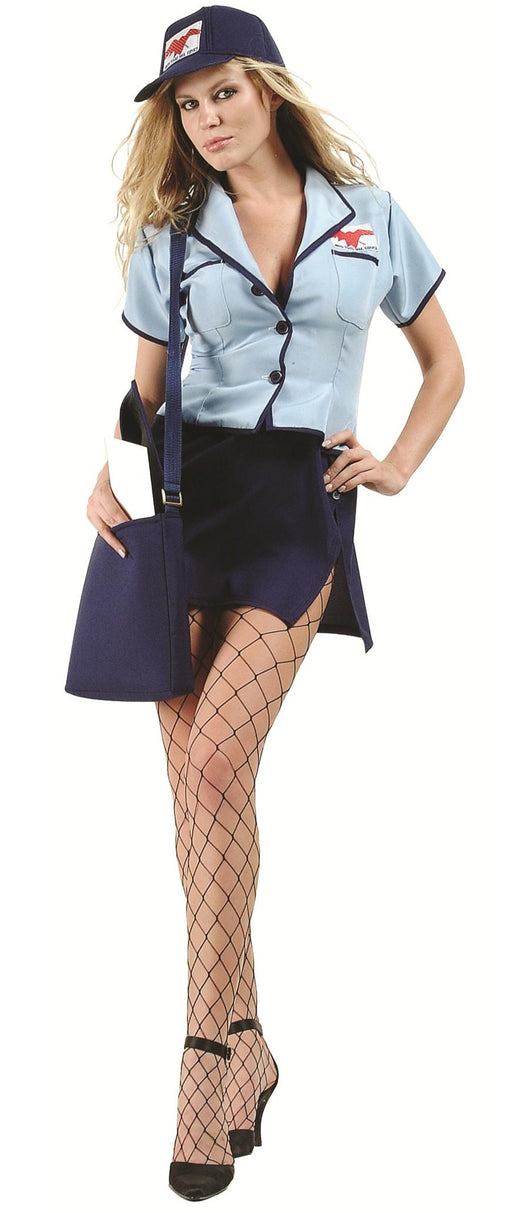


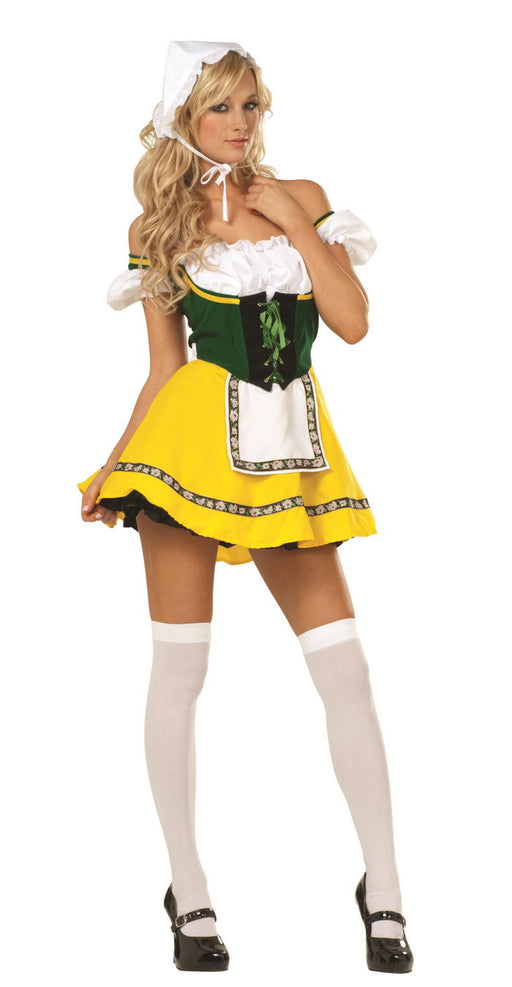
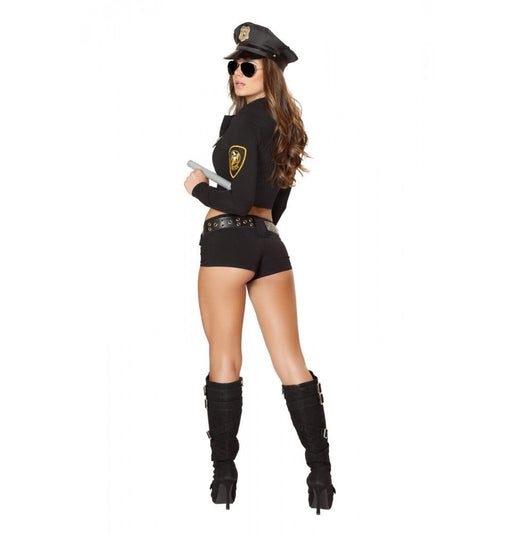
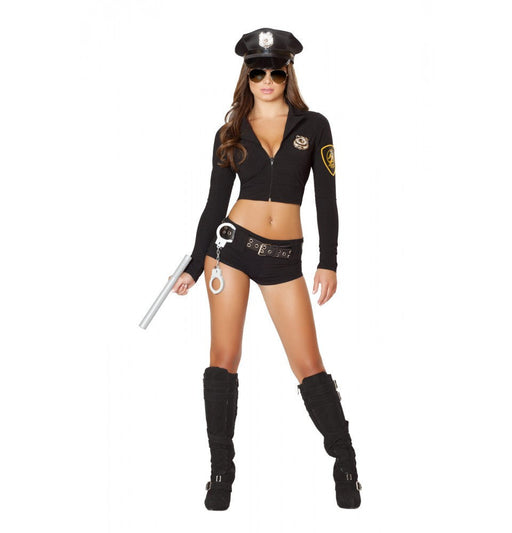
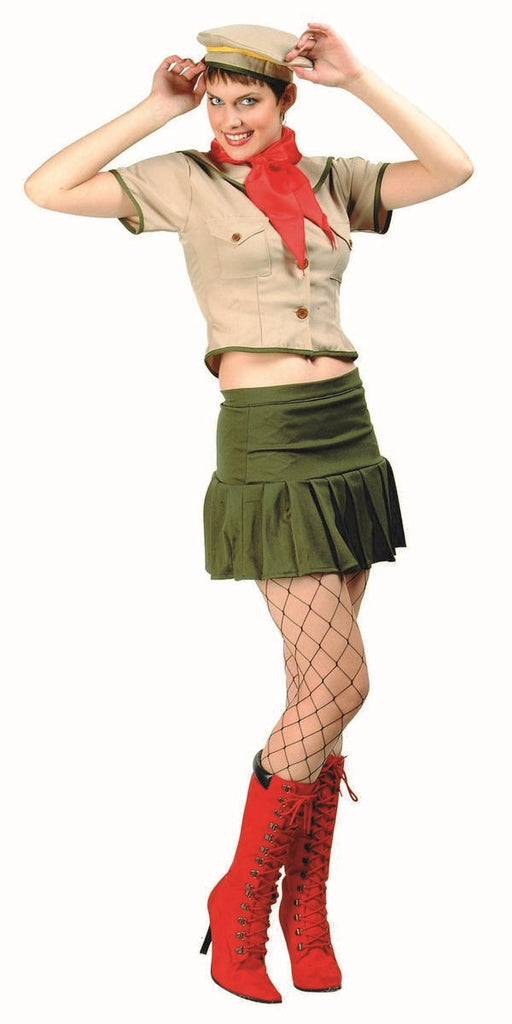
Leave a comment